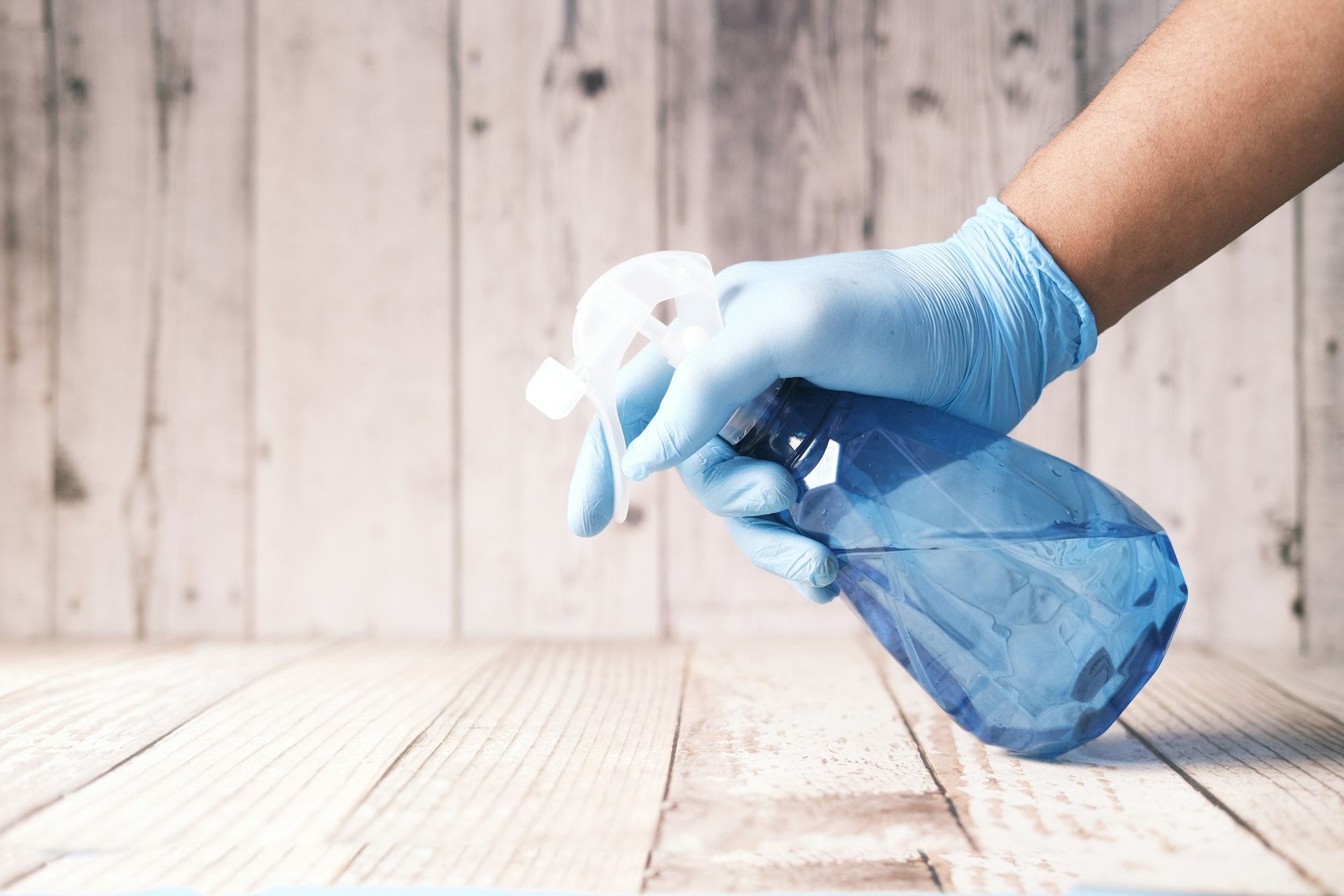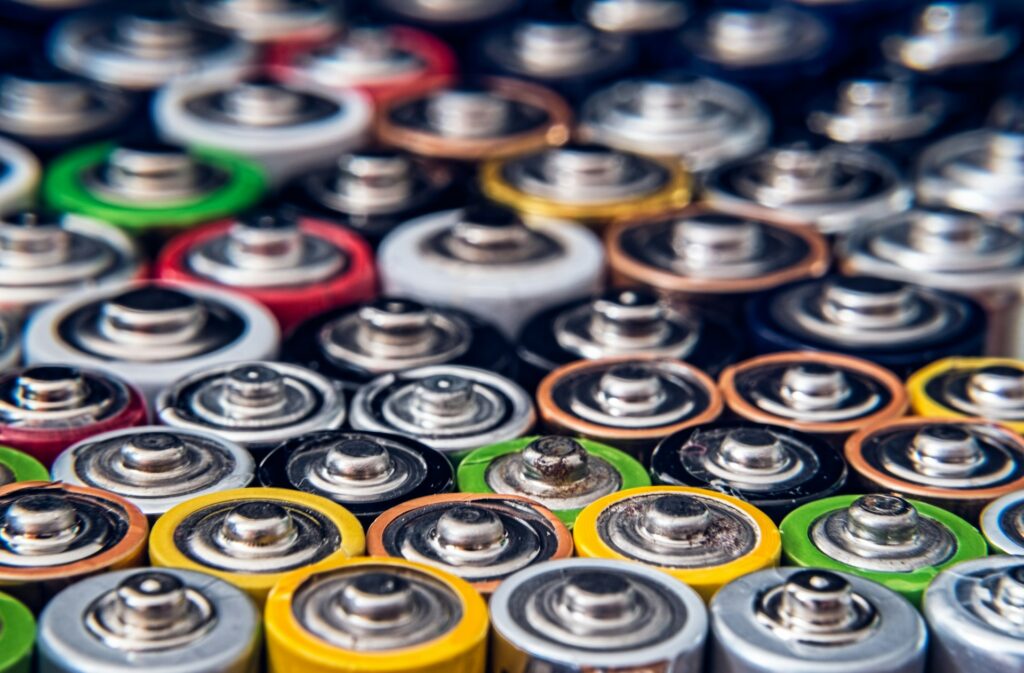Chemists discovered an eco-friendly production process for ethylene oxide which is used mainly in the industrial chemical industry. It is needed to make plastics alongside textiles, antifreeze and disinfectants. The study can be found here:
Jalil, A., Happel, E. E., Cramer, L., Hunt, A., Hoffman, A. S., Waluyo, I., Montemore, M. M., Christopher, P., & Sykes, E. C. H. (2025). Nickel promotes selective ethylene epoxidation on silver. Science, 387(6736), 869–873. https://doi.org/10.1126/science.adt1213
Ethylene oxide production relies heavily on chlorine, a toxic chemical that not only poses safety risks but also generates large amounts of greenhouse gas emissions. The process typically emits two molecules of carbon dioxide for every molecule of ethylene oxide produced, significantly contributing to industrial CO₂ output.
Led by Tulane University chemical engineer Matthew Montemore, Tufts University chemistry professor Charles Sykes, and University of California Santa Barbara (UCSB) chemical engineering professor Phillip Christopher, the research team found that introducing small amounts of nickel into silver catalysts removes the need for chlorine without compromising efficiency. Montemore stated:
“If industry does try this out and they find it to be useful and are able to commercialise it, the twin benefits are you can save a lot of CO2 and a lot of money at the same time,”
The idea stemmed from Sykes’ single-atom alloy concept, an approach to fine-tuning chemical reactions at the atomic level. While the concept had not previously found success with oxidation reactions, Montemore hypothesised its potential application in ethylene oxide production.
Through detailed computational modelling, Montemore identified nickel as a promising addition to silver catalysts. Ph.D. students Elizabeth Happel and Laura Cramer at Tufts conducted initial lab experiments, validating the model’s predictions. The team then collaborated with UCSB’s Phillip Christopher to refine the catalyst for practical use. Sykes said about the discovery:
“We were surprised because we couldn’t find anything in the scientific or patent literature about nickel despite it being a common and inexpensive element used in many other catalytic processes,”
The breakthrough came when UCSB doctoral student Anika Jalil developed a reliable method for integrating nickel atoms into silver catalysts; something that had not been achieved before. This lead to a chlorine-free process that maintains, and even enhances, catalytic efficiency.
The research team has filed for international patents and is currently in talks with a major commercial producer to pilot the technology. If commercialised, this approach could change ethylene oxide manufacturing, offering both environmental and economic benefits.

Hassan graduated with a Master’s degree in Chemical Engineering from the University of Chester (UK). He currently works as a design engineering consultant for one of the largest engineering firms in the world along with being an associate member of the Institute of Chemical Engineers (IChemE).



